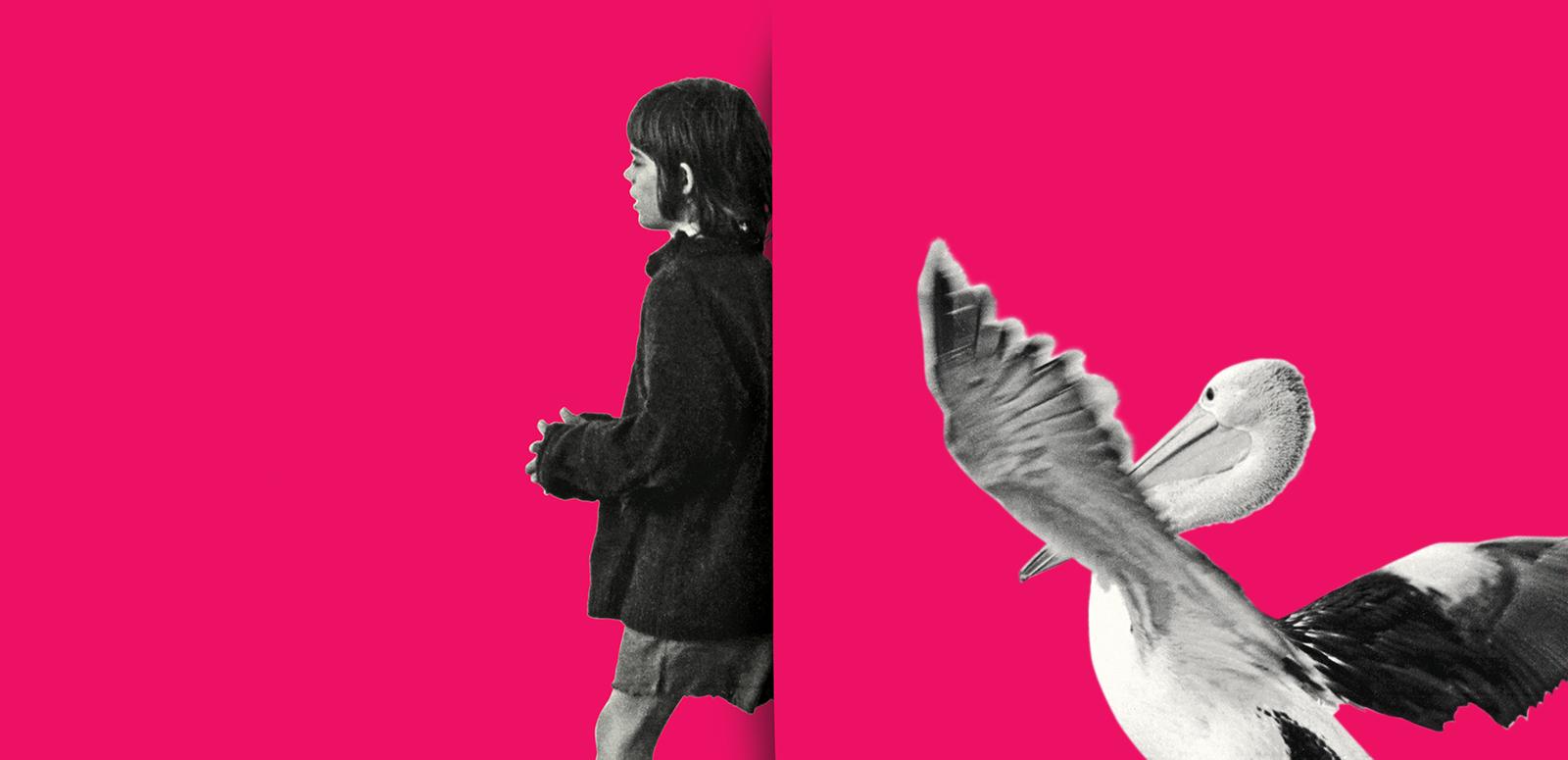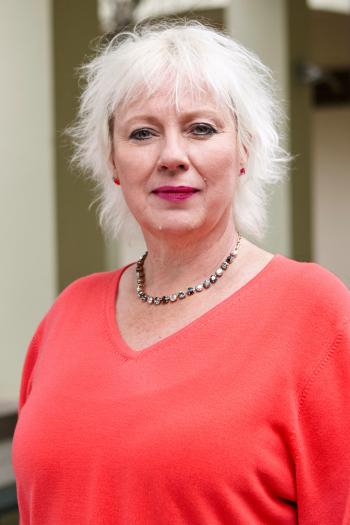

Annual report 2016-17
Chief Executive Officer's report

The 2016–17 year has again been one of major activity and significant change.
We farewelled our previous CEO, Michael Loebenstein, in the new year, and since then our Strategic Plan has been refreshed and aligned with our Corporate Plan. The Strategic Plan 2016–2020 articulates our values and the five strategic priorities essential in ensuring the sustainability of our operations. This enables us to best carry out our mandate to collect, preserve and share Australia’s national audiovisual collection. In addition, our Collection Policy has been reviewed and updated after five years in its previous form. This important document helps to define our business and guide our decisions, outlining the principles by which we operate, and providing further references for more detailed practical explanation and application.
We are driving forward with our developing Reconciliation Action Plan and new Enterprise Agreement – two key matters which will have positive and constructive outcomes across our agency. As mentioned in last year’s Annual Report, our internal focus on leadership development has progressed, including the delivery of a highly successful leadership training program.
One of our priorities during 2016–17 was implementing a new structure for our Digital and Media Operations team to support digital workflows. We have been working to improve efficiency across a range of areas, including by upgrading existing infrastructure and through increased automation. Developments undertaken this year have laid important groundwork for the rapid increase in our digitisation capability. This is essential in order to meet the significant challenges we face in preserving the national audiovisual collection and making it available.
We focused on developing a number of exciting new fundraising initiatives which we plan to bring to fruition in 2017–18. I would like to acknowledge Dick Smith’s generous donation this year which has made possible the creation of a forthcoming aviation film preservation and digitisation project.
We have focused on growing partnerships with other cultural agencies, resulting in numerous significant memoranda of understanding. This reflects our very deliberate appetite to present our national audiovisual collection as widely as possible.
Throughout the year, work has continued on a highly productive collaboration with the National Portrait Gallery as we prepare a new exhibition, ‘Starstruck: Australian Movie Portraits’. This exhibition will explore the striking and beautiful portraiture emerging from 100 years of Australian movies. Drawn predominantly from the NFSA’s stills collection, the show will feature imagery of beloved Australian actors and iconic films, plus highlighting the lesser-known but equally notable early years of our film industry. I look forward to the launch of the exhibition which will travel around Australia after its summer season at the National Portrait Gallery, and I congratulate all those involved in this project.
Our film restoration program, NFSA Restores, has continued to go from strength to strength. Our dedicated curators and technicians have worked with directors, producers and cinematographers to produce outstanding digital restorations of feature-length films and documentaries in the past 12 months. This includes our first completely in-house restoration of the ground-breaking 1988 film, Shame. Other titles delivered this year include Celia (1989), Rocking the Foundations (1985), The Year My Voice Broke (1987), Flirting (1990) and Lousy Little Sixpence (1983). In July 2016 Hugo Weaving, Jocelyn Moorhouse and Lynda House attended the premiere of the NFSA Restores title, Proof, at the Melbourne International Film Festival. We were also delighted to have Ben Mendelsohn and Margaret Pomeranz speak at the premiere screening of the NFSA Restores film, The Year My Voice Broke, at the Sydney Film Festival in June 2017.
A number of important events have taken place this year, including the celebration of the 20th anniversary of the Australian classic film, Shine. In August 2016 the NFSA featured a screening of Shine and a Q&A with director Scott Hicks, producer Jane Scott and Academy Award-winner Geoffrey Rush, as well as a special concert by acclaimed pianist David Helfgott. Our second symposium in the NFSA’s Digital Directions series was held in November. This brought together thought leaders, policy makers, industry representatives and key players in the GLAM (gallery, library, archive, museum) sector to debate the big-picture issues surrounding the digitisation of cultural collections. This sold-out event attracted participants from all over Australia and included a keynote address from Jan Müller, then CEO of the Netherlands Institute of Sound and Vision. It provided pertinent and influential discussion and direction on the digitisation challenge, and we now take great pleasure in welcoming Jan to the NFSA as our new CEO in October 2017.
An exciting initiative has been the launch of our new organisational branding, heralding the return of the NFSA kookaburra in a new, funky style. At the same time, we unveiled our dazzling new website which promptly went on to win numerous well-deserved awards. The new NFSA.gov.au features a fresh design with simplified navigation, showcasing the national audiovisual collection in blogs, curated collections and online exhibitions. These pathways allow users to explore and design their own experience. As a result, our online reach has increased dramatically, along with our social media engagement, enabling us to access larger audiences via digital means.
Our annual performance statements, case studies and snapshots included in this report will give you further illustrations of our activities and the vibrancy of the organisation’s wide range of programs and potential. I am proud to have been associated with so many of these achievements. Of course, none of this would have been possible without the dedication, passion and professionalism of the entire team at the NFSA, and I thank them for their hard work and endless energy.
My thanks also go to our ambassadors, to our colleagues in the Department of Communications and the Arts, and to our external constituents, clients, users and friends. All of these folk have provided the NFSA with the essential support and encouragement to achieve the highest of standards in everything we do. Of course, last but certainly not least, I thank our Chair, Gabrielle Trainor, and the members of the NFSA Board for their continued support, wise guidance and enthusiasm for the organisation and its ambitious vision for the future.

Meg Labrum
Acting Chief Executive Officer
The National Film and Sound Archive of Australia acknowledges Australia’s Aboriginal and Torres Strait Islander peoples as the Traditional Custodians of the land on which we work and live and gives respect to their Elders both past and present.